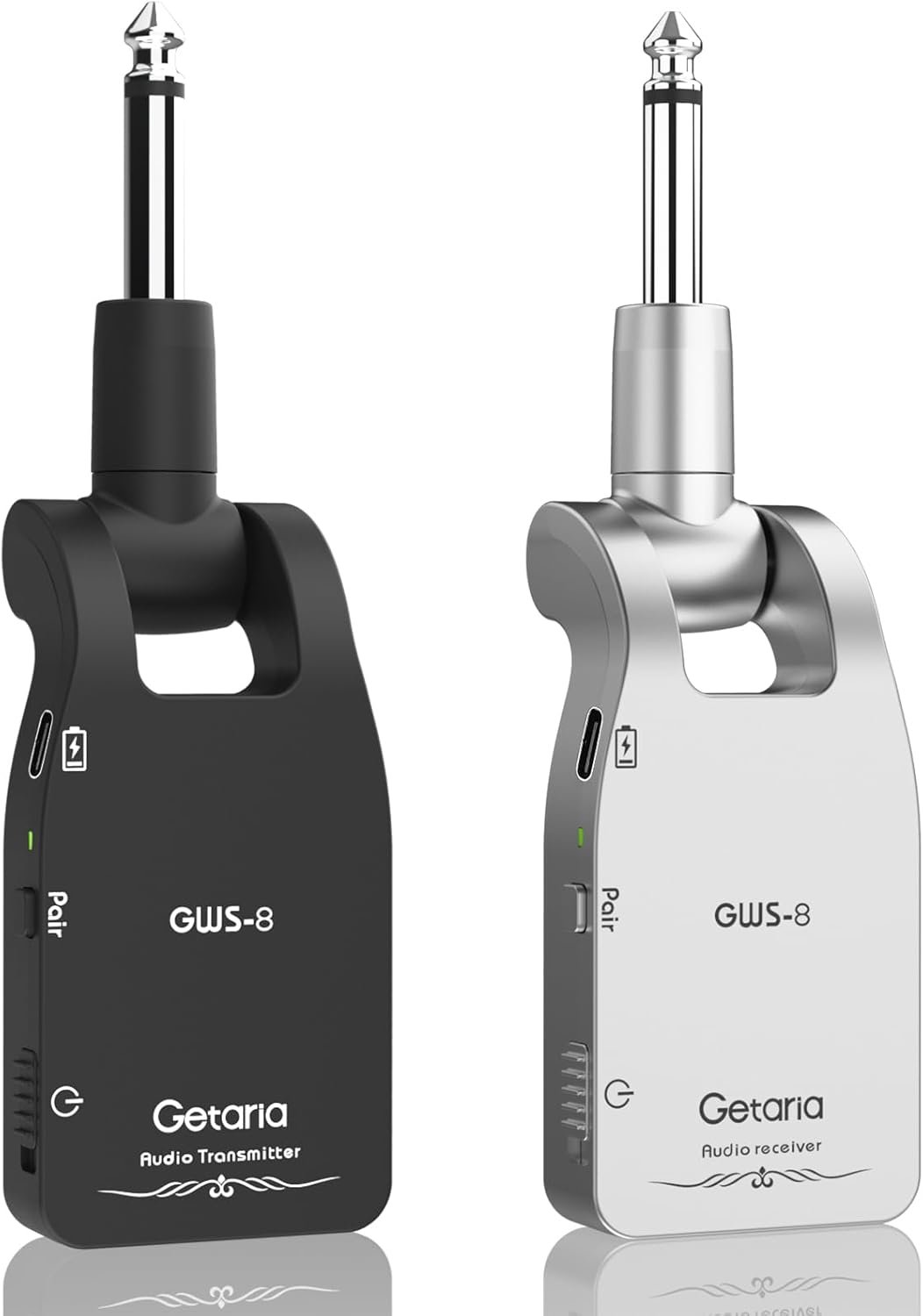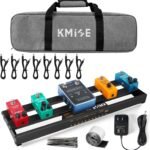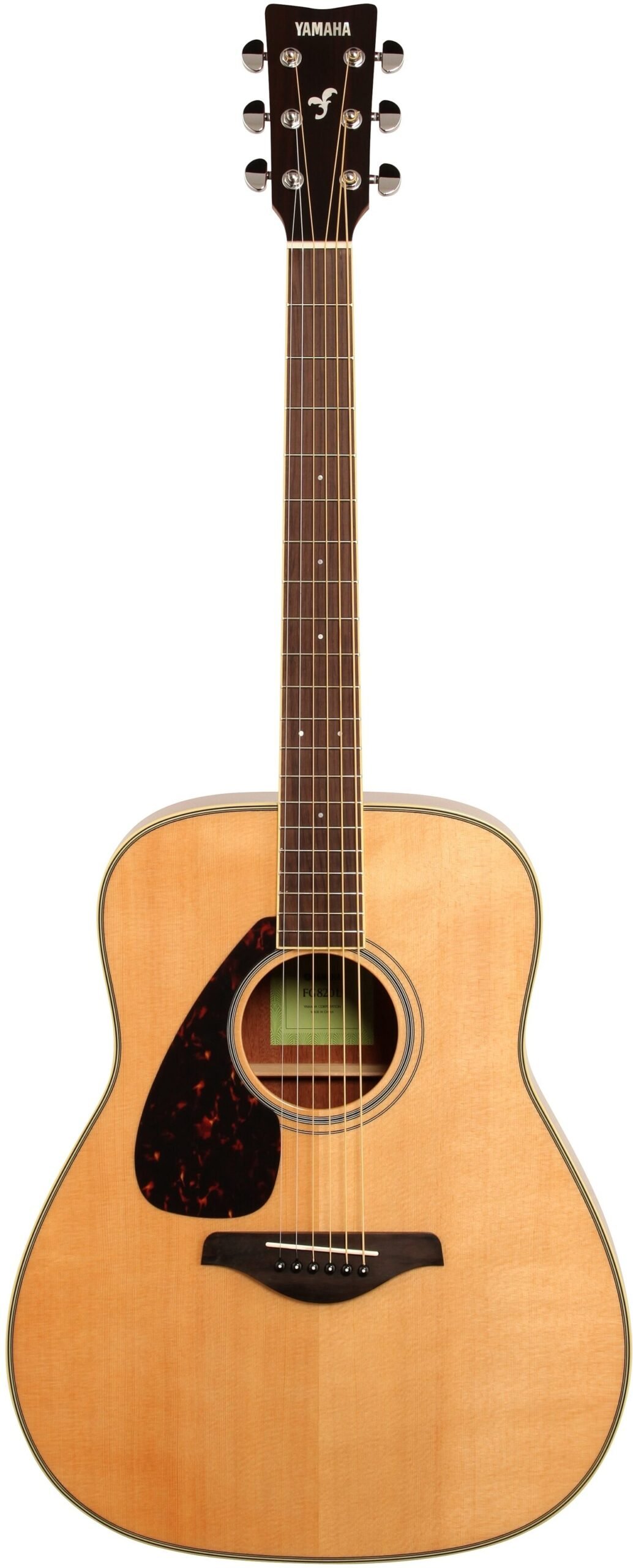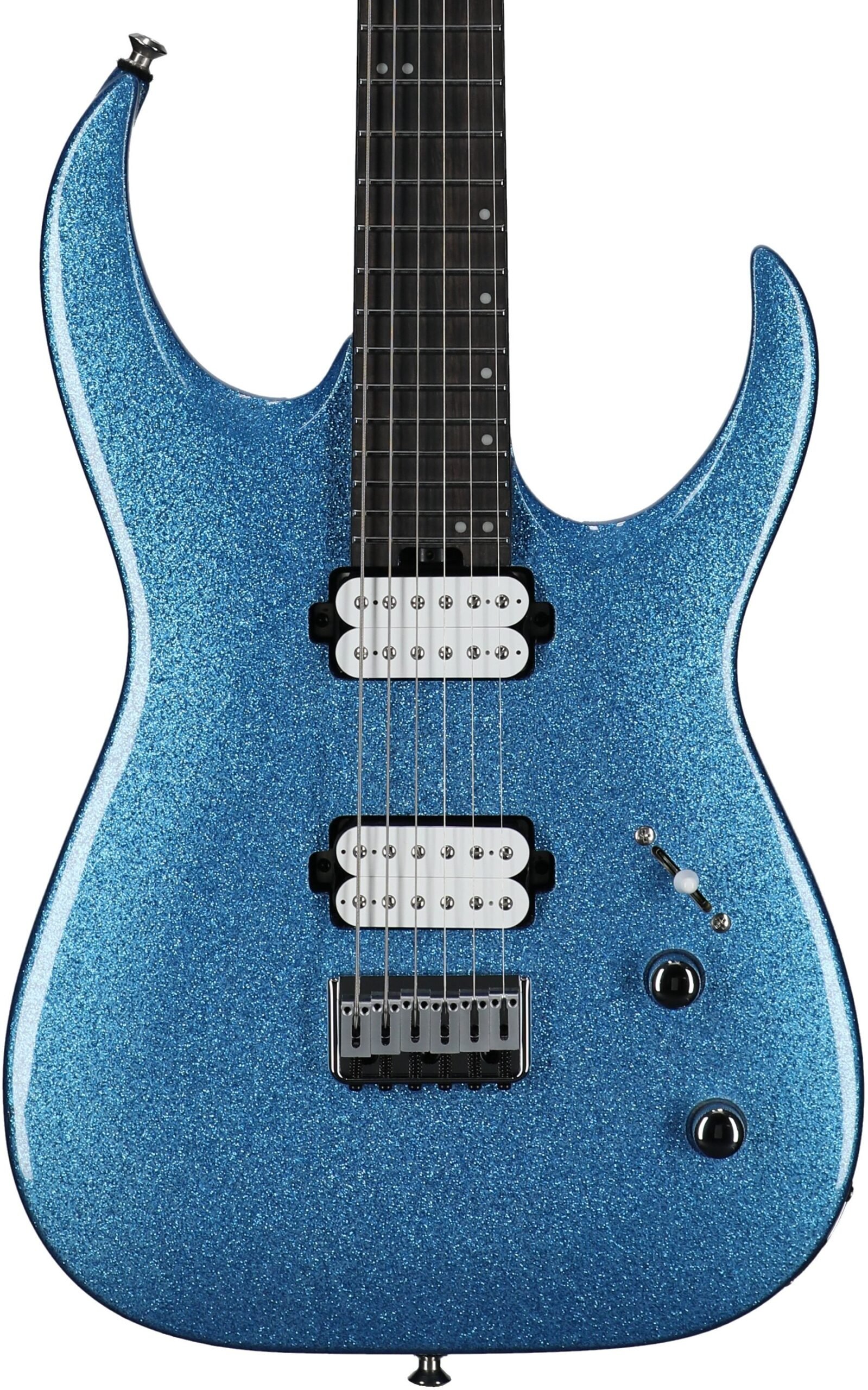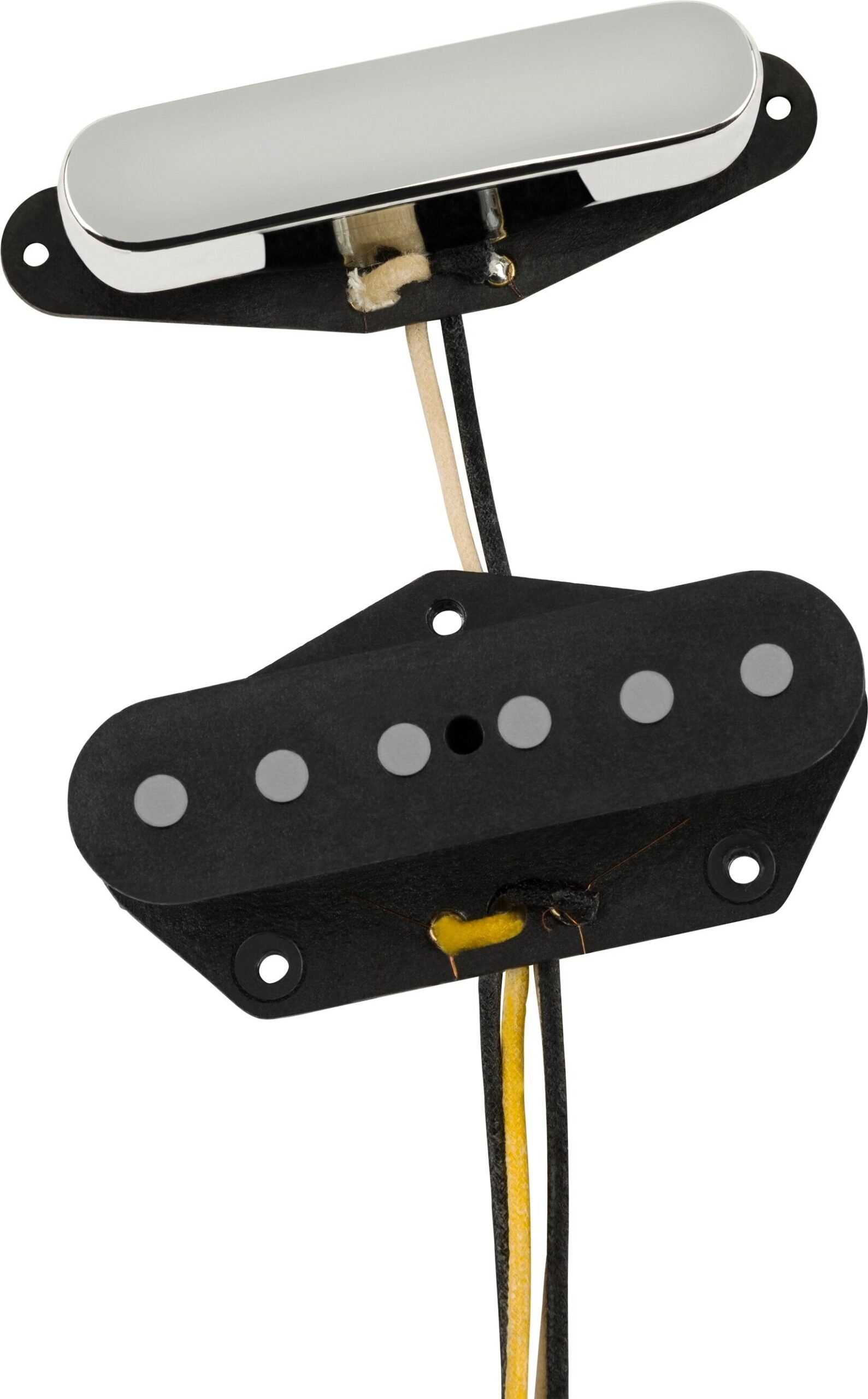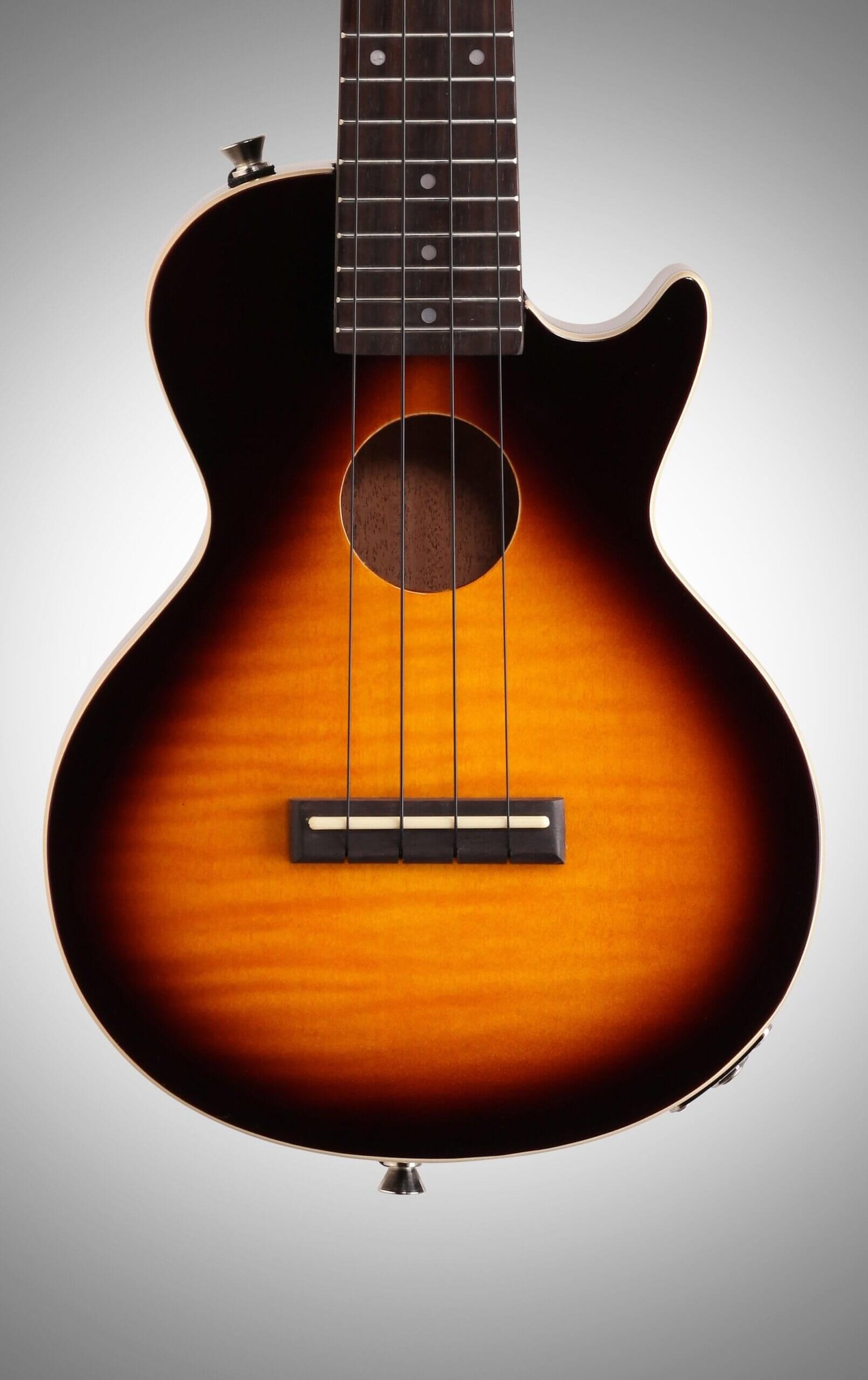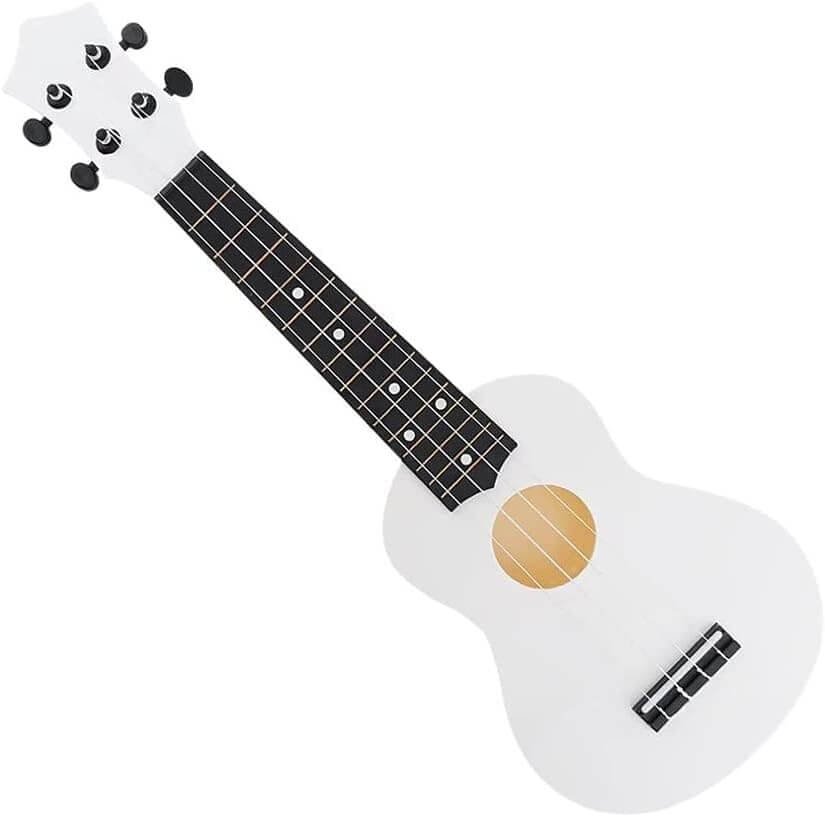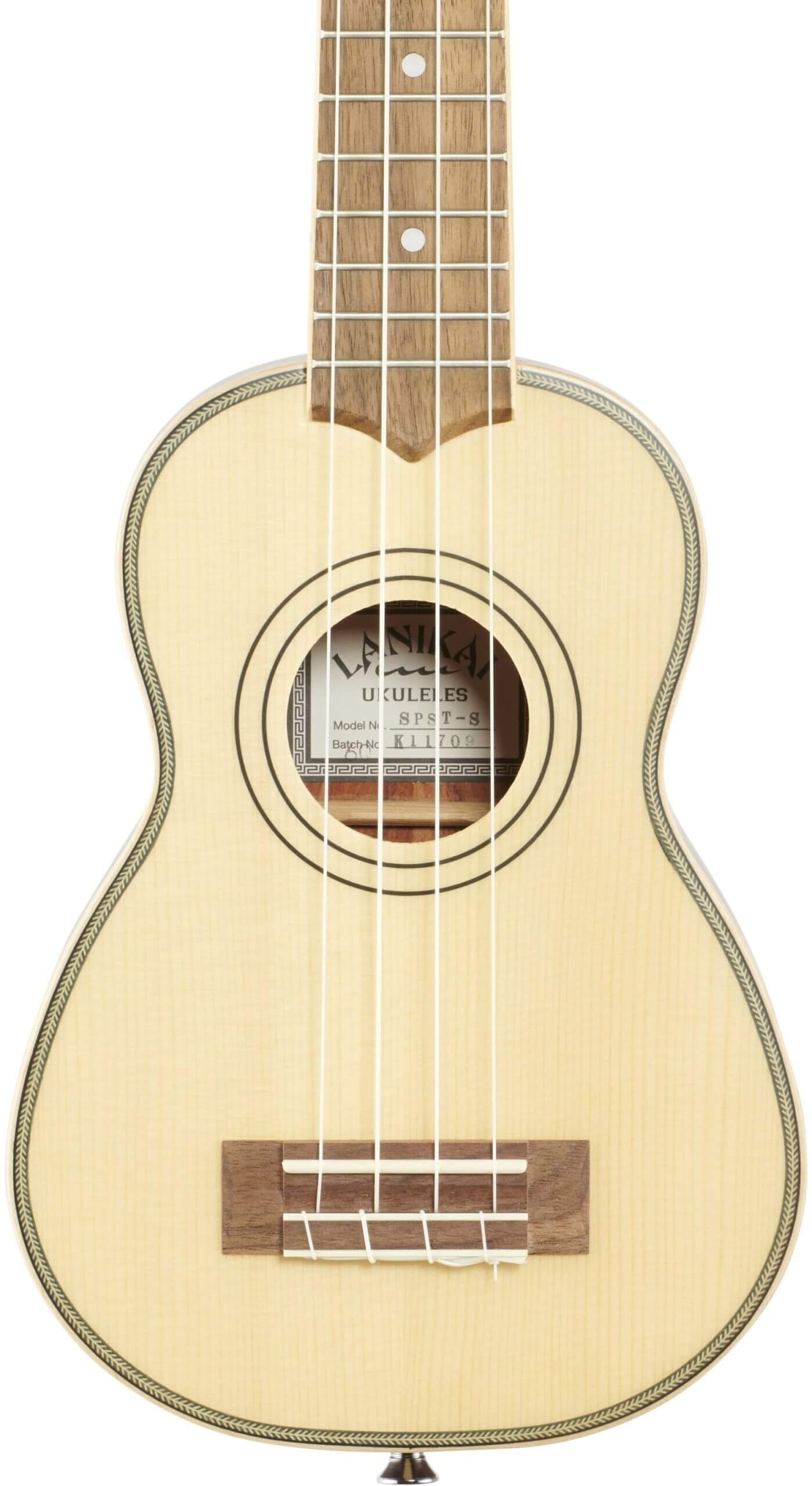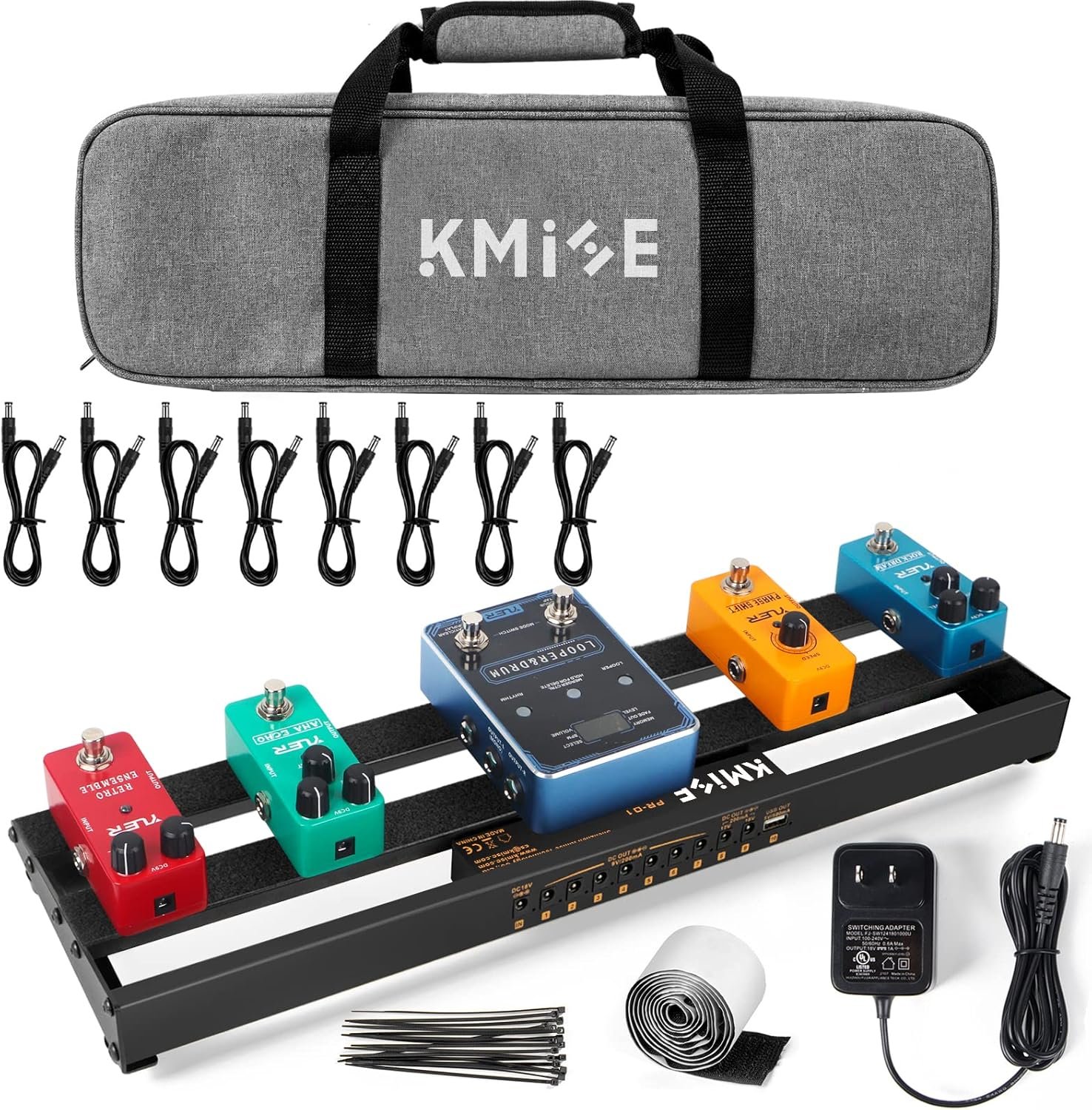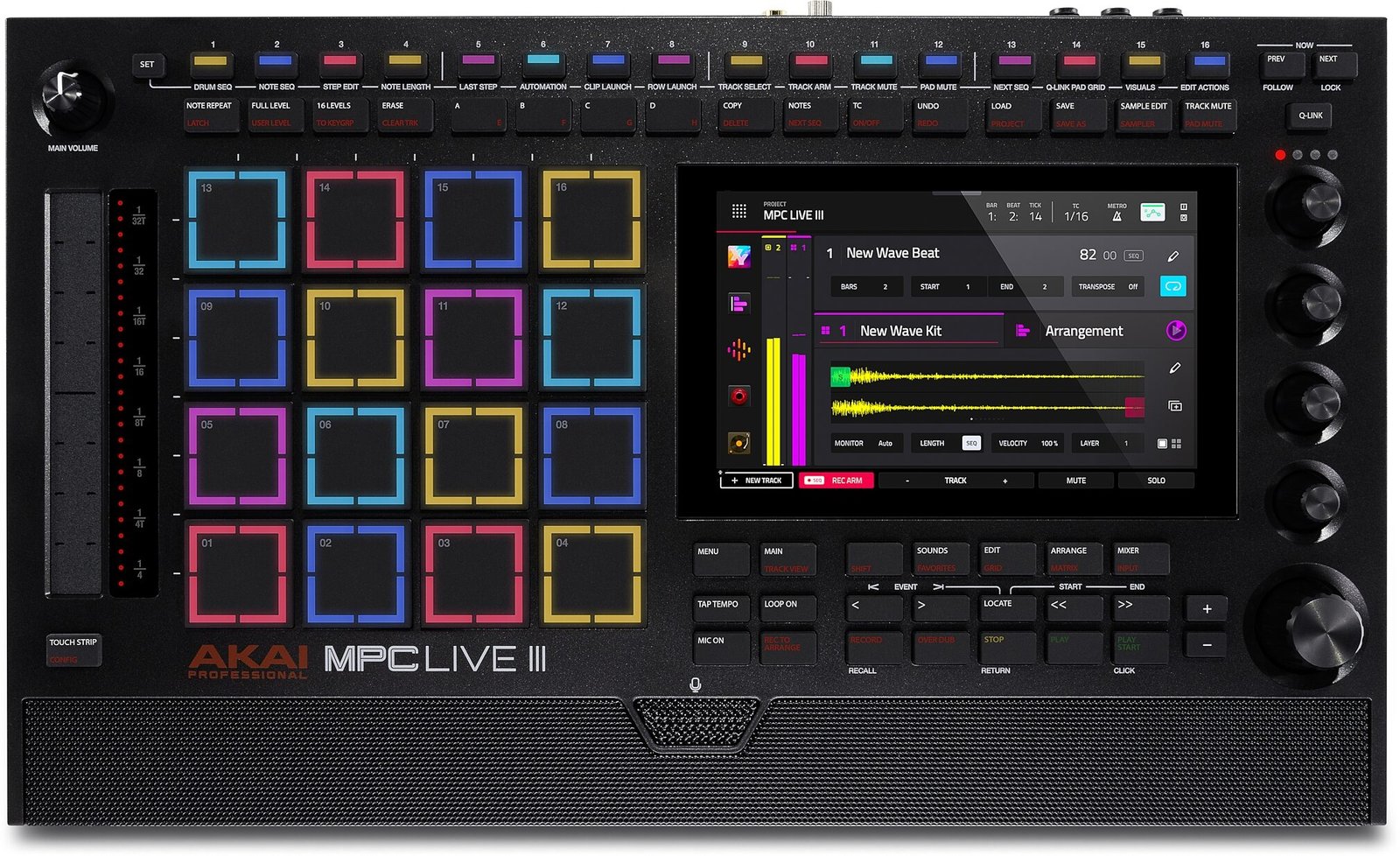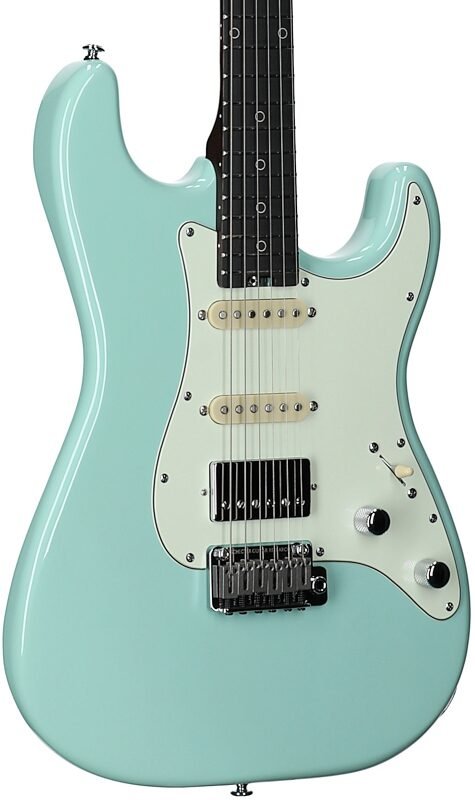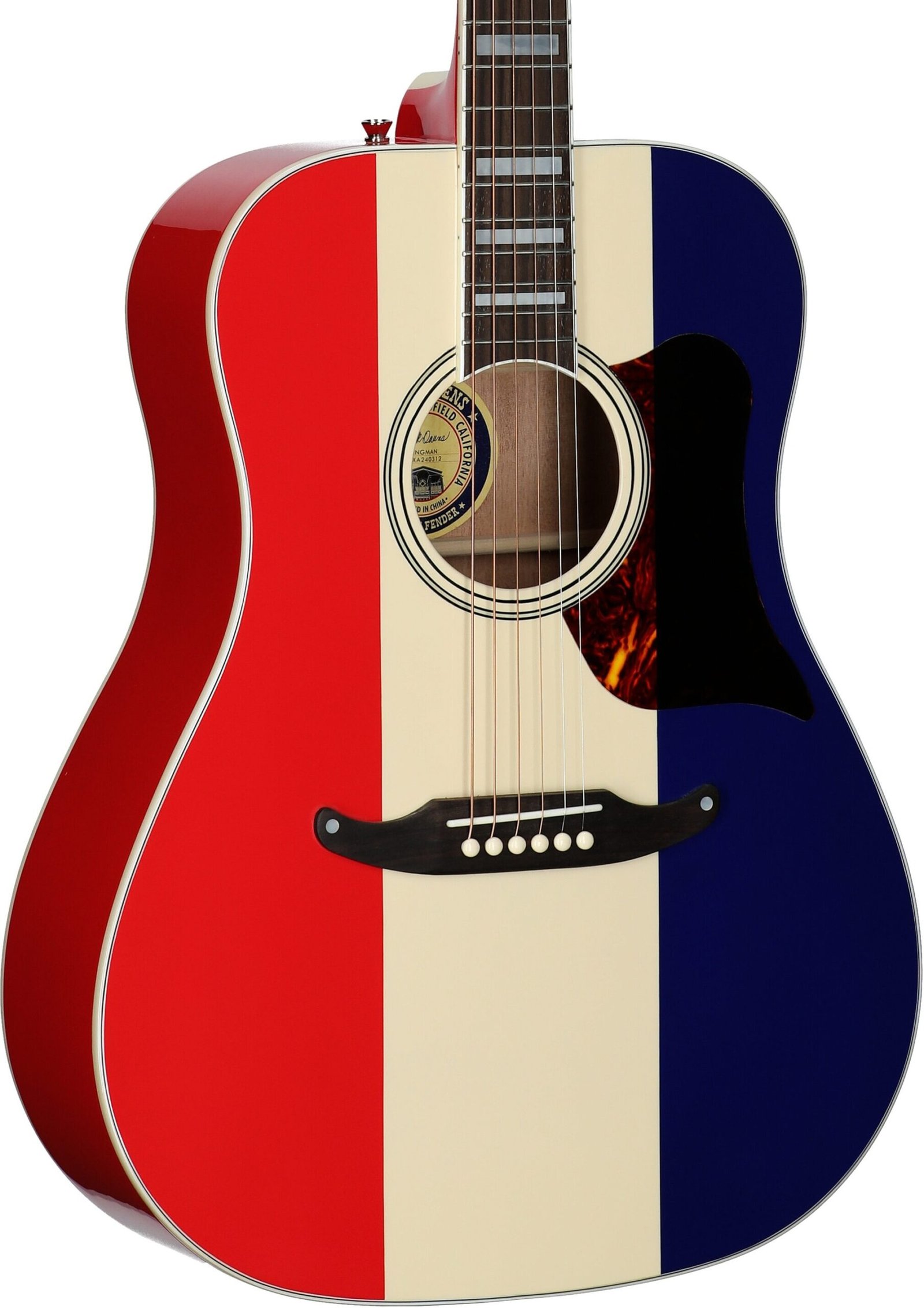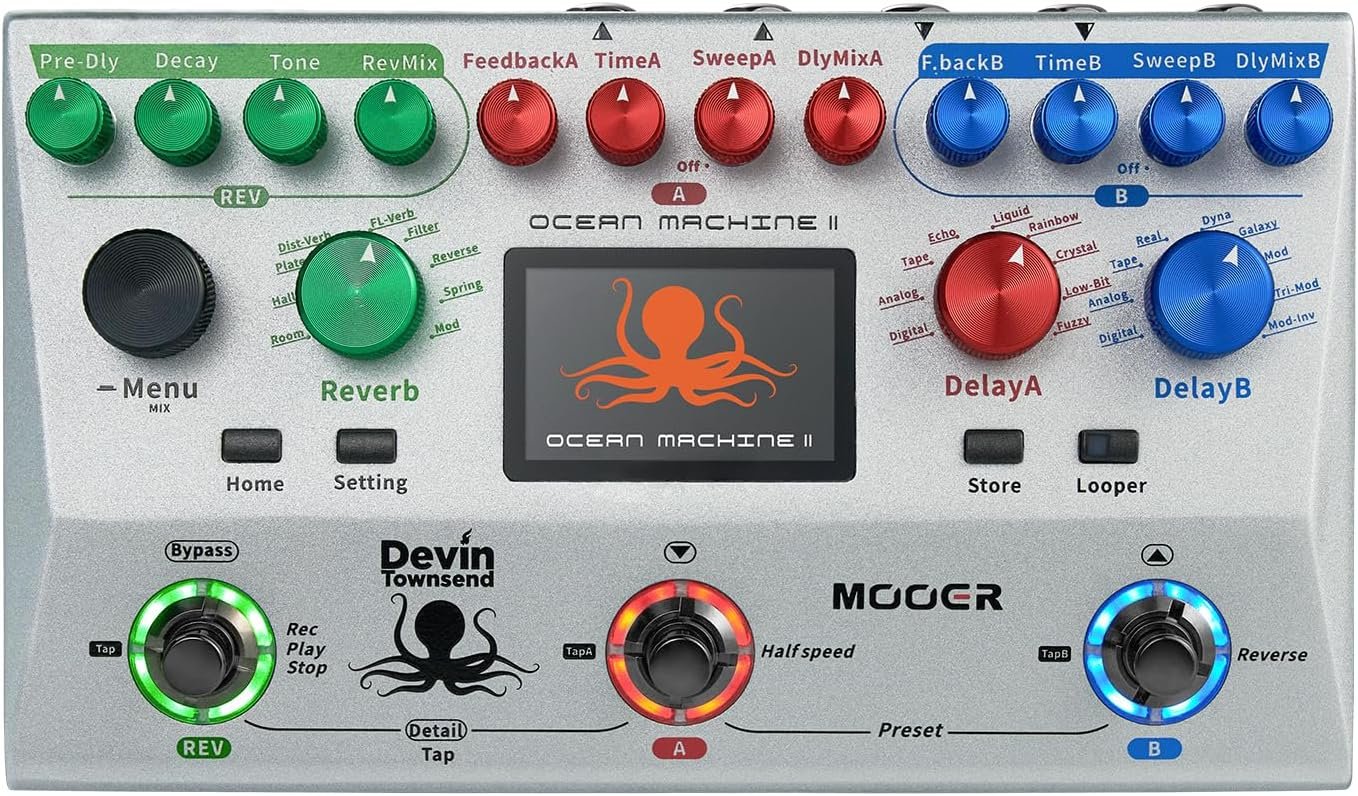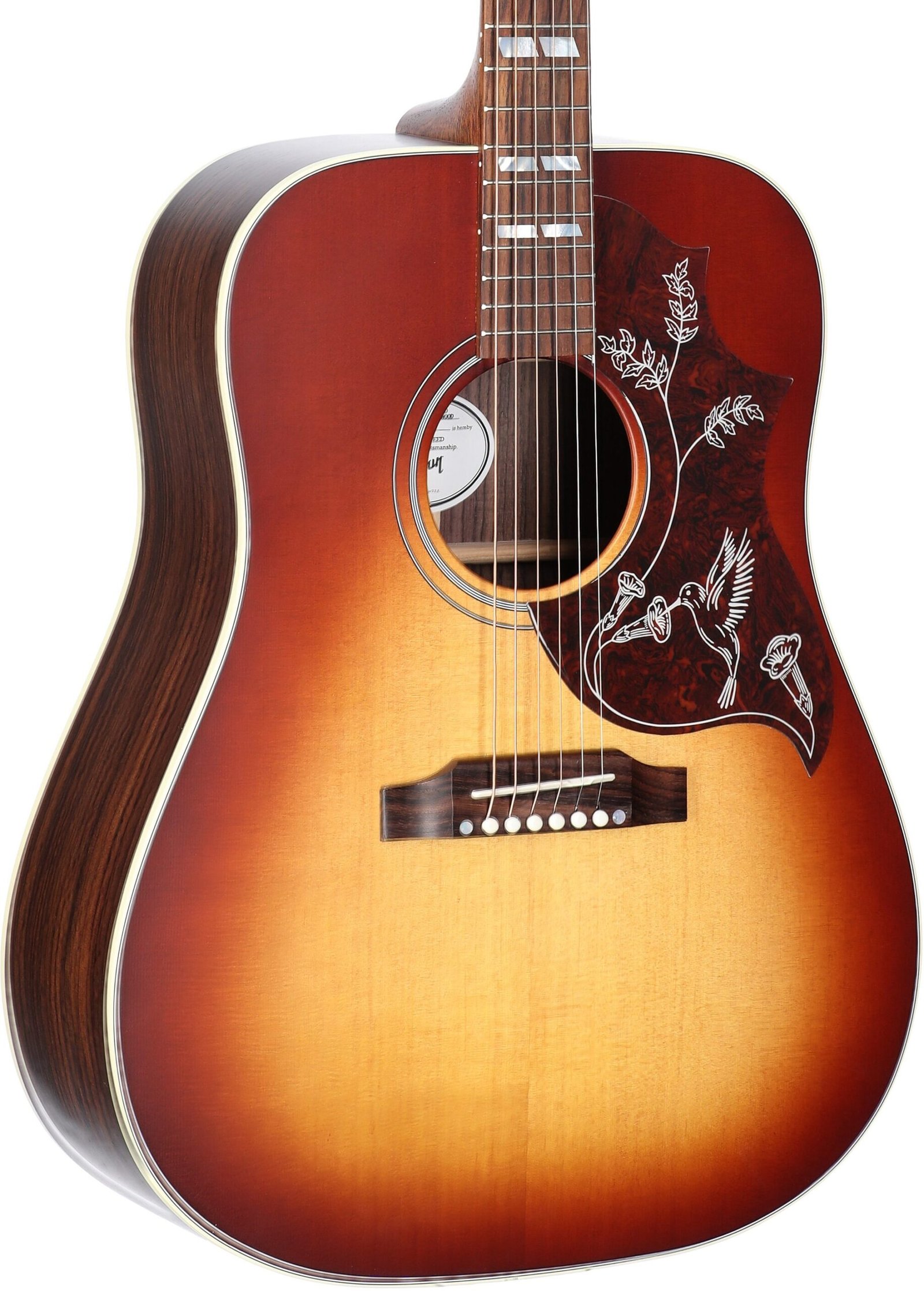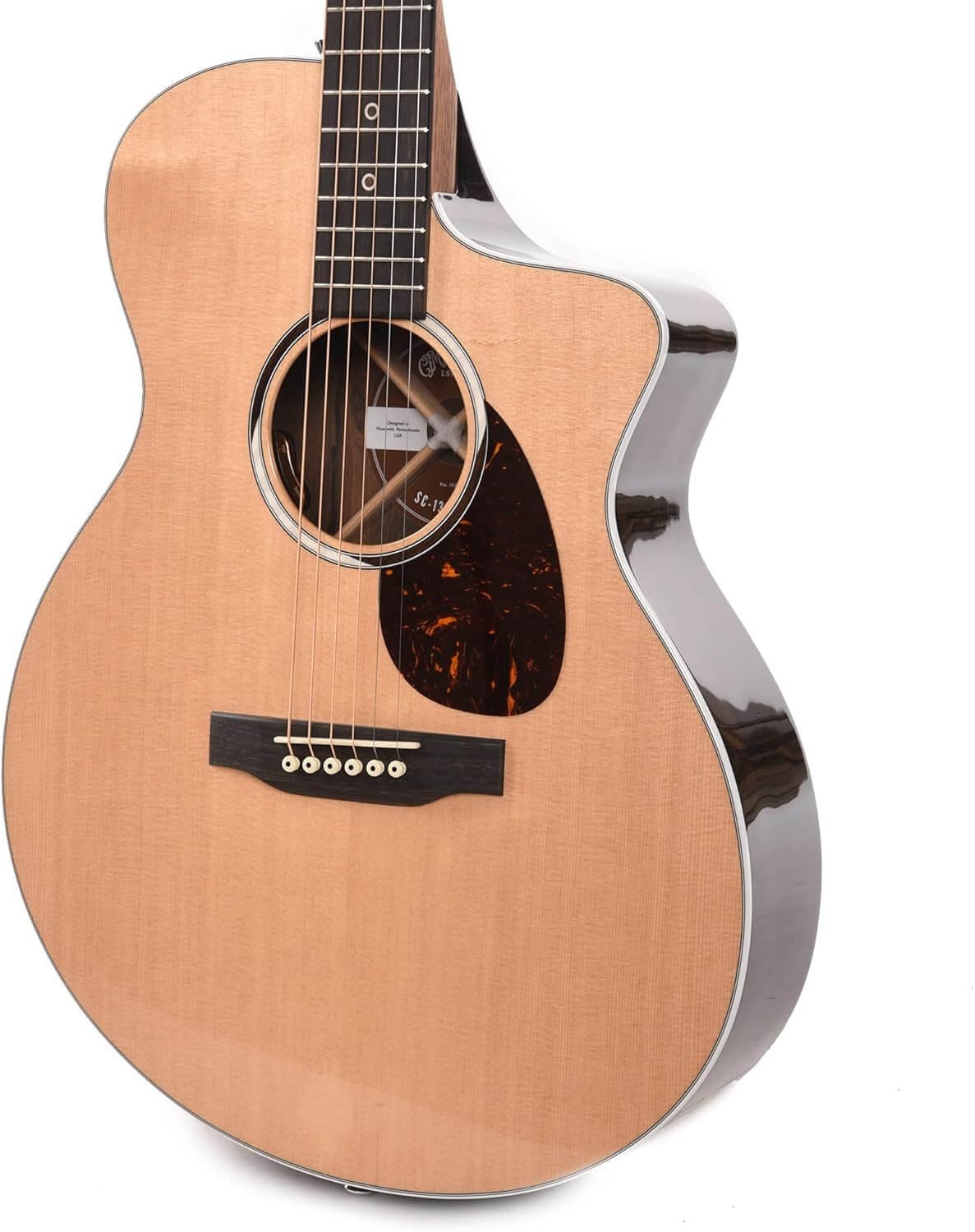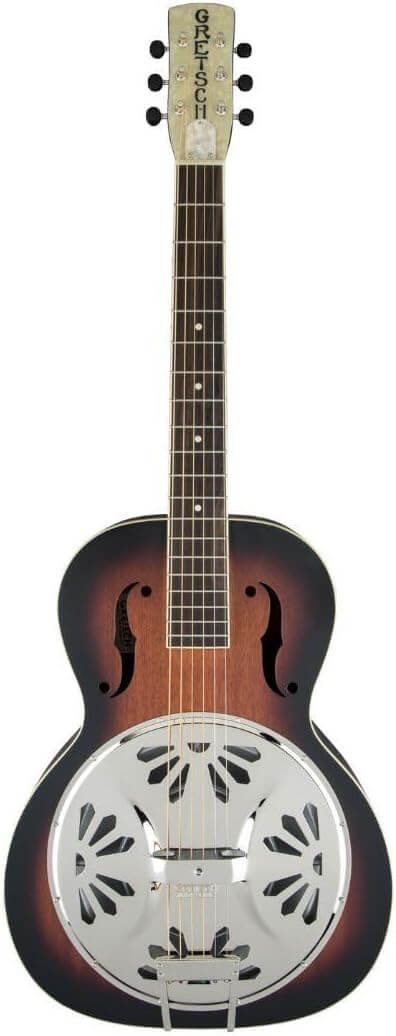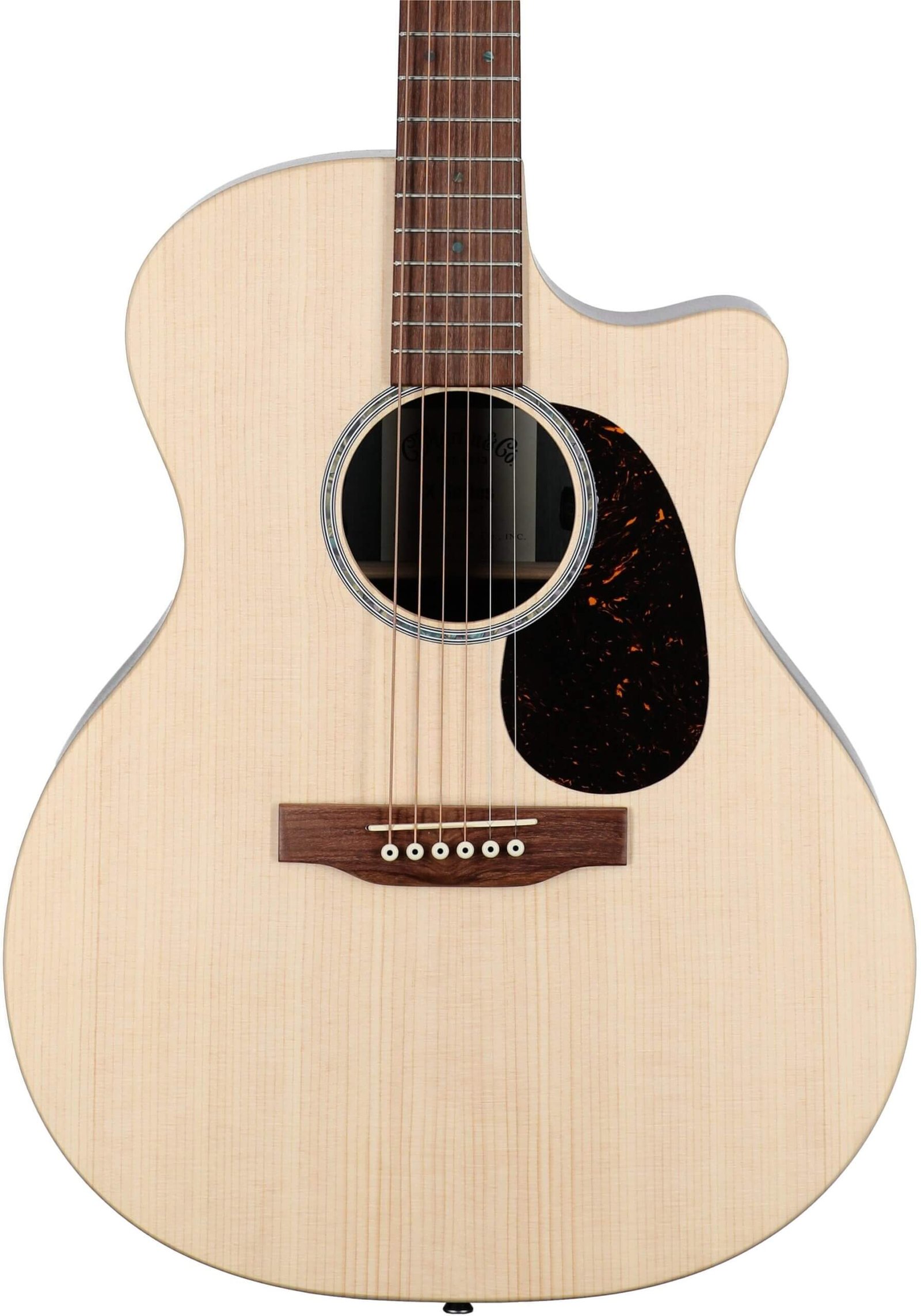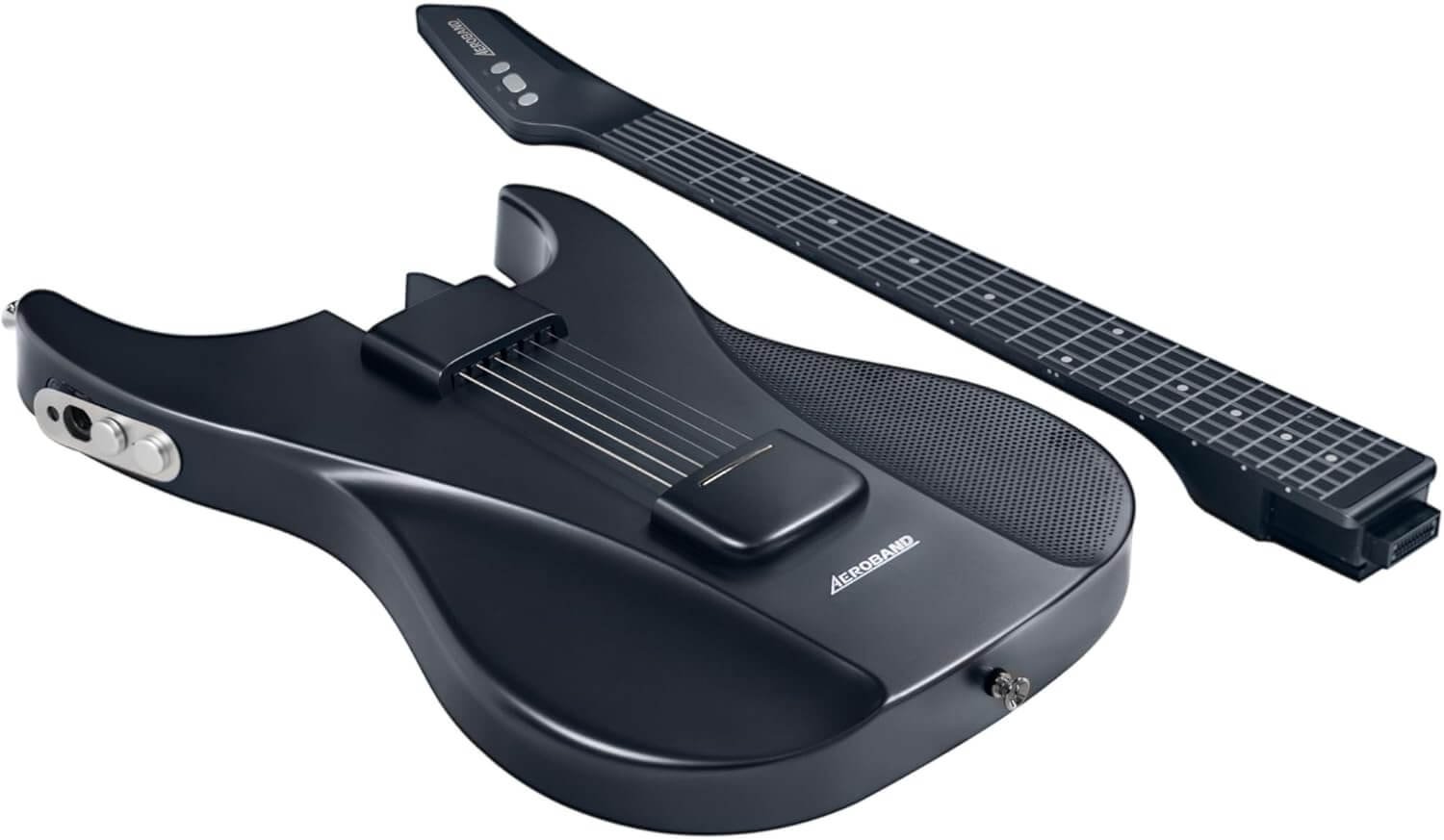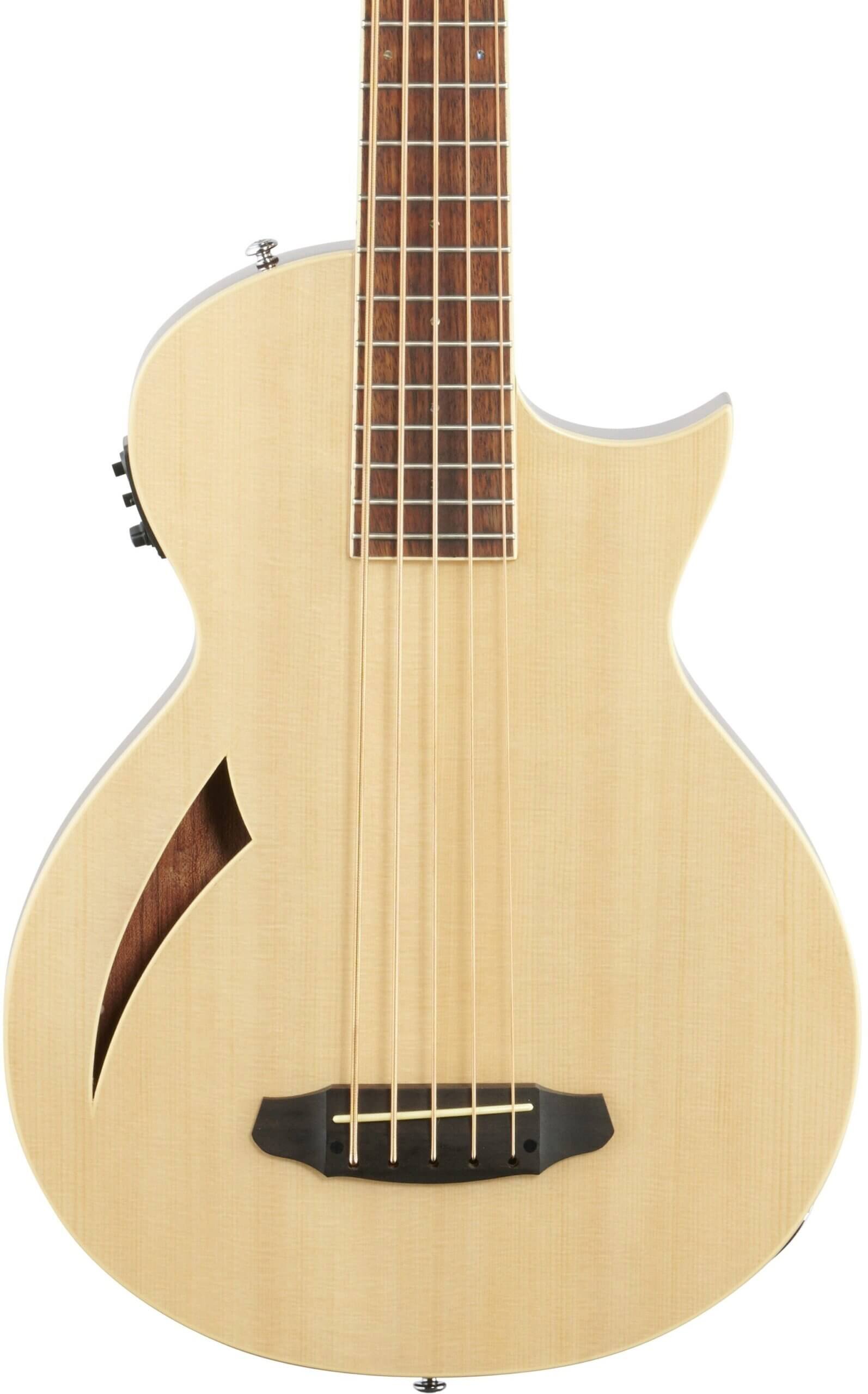Introduction to Wireless Guitar Systems
Wireless guitar systems represent a revolutionary advancement in the world of music performance, particularly for electric guitar and bass players. Traditional wired systems, while reliable, can significantly limit a musician’s freedom of movement on stage, often leading to entangled cords and potential hazards. In contrast, wireless systems eliminate such constraints by using radio frequency technology to transmit audio signals from the instrument to the amplifier or sound system without the need for physical cables.
At the heart of wireless guitar systems lies a transmitter, which is generally plugged directly into the output jack of the guitar or bass. This transmitter then sends the audio signal to a receiver connected to the amplifier. The technology has evolved over the years, with systems now operating on various frequencies. Among these, the 2.4GHz wireless guitar system has garnered significant popularity due to its effective range and minimal interference.
The benefits of adopting a wireless system are manifold. First and foremost, it allows musicians to move freely across the stage or venue without the worry of tripping over cables or getting tangled up. This mobility can enhance performance dynamics, enabling artists to engage more fully with their audience and create a more immersive experience. Additionally, a wireless system can contribute to a cleaner on-stage aesthetic, reducing clutter caused by multiple cables.
Moreover, the 2.4GHz wireless guitar system offers a reliable solution for both amateurs and professionals, providing good transmission quality and low latency. This frequency band is commonly used in various consumer electronics, guaranteeing an accessible setup while maintaining sound integrity. As musicians increasingly demand versatility and convenience, integrating a wireless solution has become an essential consideration for modern performances.
Why Upgrade to a 2.4GHz System?
Upgrading to a 2.4GHz wireless guitar system offers several significant benefits that can tremendously enhance a musician’s performance and overall playing experience. One of the primary advantages of this frequency is the reduction of latency. In a musical context, latency refers to the delay between playing a note and hearing it through the sound system. A 2.4GHz system minimizes this delay, allowing musicians to respond to their instruments more naturally and fluidly, thus improving their timing and interaction with other performers.
Additionally, a 2.4GHz wireless guitar system provides improved audio quality when compared to traditional wired systems or older wireless technology. Modern advancements in digital transmission technologies ensure that the sound fidelity remains consistent and clear. This enhancement greatly boosts performances by delivering a more accurate representation of the guitar’s tone, allowing musicians to present their work as intended. Whether during rehearsals or live performances, the high-quality sound ensures that every nuance of a player’s technique is transmitted effectively.
Moreover, reliability of connection is a crucial aspect for any performing musician. A 2.4GHz wireless system is less prone to interference commonly faced with other frequency bands, which can lead to unwanted dropouts and disturbances during a performance. By utilizing this frequency, musicians can enjoy a stable and consistent signal, enabling them to focus fully on their craft, rather than worrying about technical issues. Enhanced performance reliability not only fosters an enjoyable playing experience but can also boost a musician’s confidence on stage.
All these factors converge to make a compelling case for upgrading to a 2.4GHz wireless guitar system. By addressing key concerns such as latency, audio quality, and connection reliability, this technology empowers musicians to perform at their best.
Key Features of the Built-in Rechargeable Lithium Battery
The integrated rechargeable lithium battery in a 2.4GHz wireless guitar system presents numerous advantages that enhance its practicality and overall performance. One of the most significant benefits is the convenience it offers musicians, eliminating the need for constant battery replacements during gigs or practice sessions. With a rechargeable battery, performers can easily charge their devices using a USB connection, ensuring that they are always ready to go without the hassle of keeping spare batteries on hand.
Additionally, the eco-friendly nature of these batteries plays a critical role in today’s environmentally conscious society. By utilizing a rechargeable lithium battery, musicians can significantly reduce their carbon footprint compared to traditional disposable batteries. This alignment with sustainable practices is increasingly important for artists who wish to maintain a positive relationship with the environment while enjoying their craft.
Another significant aspect of built-in rechargeable lithium batteries is the extended playtime they provide. Many modern wireless guitar systems boast impressive battery lives, allowing performers to play for several hours on a single charge. This extended duration ensures that musicians can focus on their performance without worrying about running out of power mid-set. The ability to recharge quickly also means that navigating long practice sessions or multiple gigs throughout the day becomes far more manageable.
Incorporating the built-in rechargeable lithium battery into a 2.4GHz wireless guitar system not only enhances the user experience but also contributes to the efficiency and sustainability of the device. As musicians continue to seek out options that combine top-notch performance with environmental responsibility, the advantages of such internal batteries become even more evident, making them indispensable in modern musical equipment.
User-Friendly Design for Musicians
The 2.4GHz wireless guitar system is designed with the modern musician in mind, offering a range of user-friendly features that simplify the setup process and enhance the overall playing experience. One of the standout elements of this system is its intuitive setup. Musicians can enjoy a quick and straightforward installation process, allowing them to connect their instruments in a matter of minutes. This convenience is particularly beneficial during live performances, where time is often limited, and the need for reliability is paramount.
Beyond easy setup, the controls of the wireless guitar system are crafted for maximum accessibility. The interface typically consists of a few well-placed buttons and indicators that make it easy to navigate through settings such as volume levels, frequency adjustments, and battery status. This thoughtful design ensures that musicians, regardless of their technical expertise, can operate the system effectively without the need for extensive prior knowledge or experience. The emphasis on simplicity fosters an environment in which artists can focus on their performance rather than troubleshooting technical issues.
Portability is another essential feature of the 2.4GHz wireless guitar system. Many models are lightweight and compact, allowing musicians to transport their equipment effortlessly. This is particularly advantageous for those who frequently travel for gigs or rehearsals. The ability to easily pack up the system and set it up again in different locations without hassle makes it an indispensable tool for both amateur and professional musicians alike. With its user-centric design, the wireless guitar system empowers musicians to concentrate on their craft, facilitating seamless and uninterrupted performances.
Comparing Wireless Versus Wired Systems
When it comes to guitar systems, musicians have the option to choose between wired and wireless setups, each with its advantages and drawbacks. The traditional wired guitar system has been a staple in the music industry for decades, providing a reliable connection between the instrument and amplifier. However, wired systems come with certain limitations that can hinder a performer’s experience on stage or in the studio.
One significant drawback of wired systems is the issue of tangling cables. Guitarists often find themselves navigating a web of wires, which can lead to frustration and potential accidents during performances. Furthermore, these cords can restrict movement, limiting a musician’s ability to engage with their audience or move freely across the stage. This lack of flexibility may potentially impact the overall performance, as artists are unable to express themselves fully due to physical constraints.
In contrast, the 2.4GHz wireless guitar system presents a compelling alternative. This technology significantly enhances a guitarist’s mobility, allowing them to move freely without the worry of being tethered to their equipment. With a wireless system, performers can roam the stage or engage with their audience, creating a dynamic atmosphere that isn’t possible with traditional setups. Additionally, wireless systems eliminate the risk of damaging cables, further improving reliability during performances.
Another advantage of wireless technology is the convenience it offers. Many modern 2.4GHz wireless guitar systems are designed to be user-friendly, featuring easy setup processes and durable designs. This ease of use can save both time and energy, allowing musicians to focus more on their creativity rather than dealing with technical issues inherent in wired connections.
Ultimately, while wired guitar systems have their place, the advantages offered by a 2.4GHz wireless guitar system make it an appealing option for contemporary musicians seeking flexibility and convenience in their performances.
Real-Life Testimonials from Musicians
Many musicians have shared their positive experiences after upgrading to a 2.4GHz wireless guitar system. One such guitarist, John Smith, a touring professional, describes the liberation he feels while performing. He states, “Switching to a 2.4GHz wireless guitar system changed everything for me. I can move freely on stage without being tethered by cables. It’s an incredible feeling that allows me to connect more with my audience.” This liberation fosters a more engaging performance and has become a hallmark of many modern shows.
Another guitarist, Sarah Jones, emphasizes the sound quality she experiences with her new wireless system, noting, “With the 2.4GHz wireless guitar system, I enjoy consistent and clear sound quality. The frequencies are well-managed, and I rarely face issues with interference.” For musicians like Sarah, the system enables her to focus entirely on her playing, knowing her sound will be pristine throughout her set.
Moreover, drummer Mike Reynolds provided insight from a collaborative perspective: “I play with several guitarists who have switched to wireless systems. Observing them behave more dynamically while performing has inspired my own creativity. The 2.4GHz wireless guitar systems have not only improved their sound but have transformed how we interact during live performances.” The synergy between musicians becomes palpable when each member is free to move and express themselves.
Additionally, feedback from hobbyist guitarists reinforces these sentiments. For instance, Emily Wang, an enthusiastic beginner, shares, “I thought wireless systems were for professionals, but the 2.4GHz wireless guitar system has made practicing at home so much easier. I can switch locations without losing sound quality, making my practice sessions more enjoyable.”
Through various testimonials from seasoned artists to casual players, it is evident that upgrading to a 2.4GHz wireless guitar system offers transformative benefits, impacting performance, sound quality, and the overall playing experience.
Pricing and Value for Money
When considering a 2.4GHz wireless guitar system, pricing remains a crucial factor for both amateur and professional musicians. These systems are available at various price points, allowing for a range of budgets to be accommodated. Typically, the cost of a 2.4GHz wireless guitar system can vary significantly based on features, brand reputation, and build quality. Entry-level models can start around $100, while more advanced systems that offer enhanced features such as extended range, low latency, or premium build quality can reach upwards of $300 or more.
Despite the differences in pricing, one should assess the value for money that each system provides. Several key features need to be considered: sound quality, range, battery life, and ease of setup. A good wireless guitar system often includes high-definition sound transmission, ensuring that audio quality remains exceptional during performances. For instance, a system that offers a 20-30 meters range might be more expensive, but it allows for greater freedom on stage, particularly for performing artists. Additionally, robust battery life ensures longer sessions without the hassle of frequent recharging. Price becomes less of an issue when the equipment consistently performs well over its lifespan.
Moreover, comparing a 2.4GHz wireless guitar system to its competitors in the market reveals an array of options. While professional-grade systems may carry higher price tags, the superiority in sound clarity and reliability justifies the investment. Lower-priced alternatives often sacrifice quality and reliability, leading to potential issues during live performances. Therefore, investing in a quality wireless guitar system undoubtedly ensures an overall expense that holds long-term benefits, outweighing any immediate cost concerns.
Where to Buy Your Wireless Guitar System
When it comes to purchasing a 2.4GHz wireless guitar system, a variety of options are available that cater to different preferences and budget considerations. Whether you are seeking a reliable music store, an online platform, or a specialized electronics retailer, finding the right option can enhance your shopping experience.
For those who prefer in-person shopping, local music stores often provide a selection of wireless guitar systems. Stores that focus on musical instruments may offer hands-on demonstrations, ensuring that you have an opportunity to test the system prior to purchase. Establishing a relationship with knowledgeable staff can also provide you with valuable insights regarding specific models. Additionally, many brick-and-mortar stores frequently run promotions, which can offer special deals on wireless systems, including discounted rates or bundle packages.
If you opt for online shopping, well-known platforms such as Amazon, Sweetwater, Thomann, and Guitar Center are excellent resources for purchasing a 2.4GHz wireless guitar system. These websites typically feature customer reviews and ratings that can aid in your decision-making process. Furthermore, online retailers often have competitive pricing and may offer exclusive deals or discounts for first-time buyers or during promotional events. Utilizing e-commerce sites not only provides convenience but also allows for a wider selection of systems, as you can compare various brands and models from the comfort of your home.
Aside from established retailers, it is also worthwhile to explore auction sites or independent sellers, as these platforms may have unique deals on second-hand wireless guitar systems. However, when purchasing from individual sellers, ensure that you conduct thorough research to validate the product’s quality and credibility.
In summary, whether through local music shops or reputable online platforms, an array of options is available to procure your 2.4GHz wireless guitar system, helping you to make a well-informed purchase tailored to your musical needs.
Conclusion: Elevate Your Performance Today
In conclusion, the transition to a 2.4GHz wireless guitar system can significantly enhance your musical performance by offering unparalleled freedom and flexibility. Musicians, both amateur and professional, have long sought solutions that not only simplify their setup but also enrich their sound. This innovative technology provides several benefits, including a high-quality audio transmission with minimal latency, making it an ideal choice for live performances and studio recordings alike.
With a 2.4GHz wireless guitar system, you can move freely across the stage or studio without the impediments of cables, allowing for a more expressive and dynamic performance. The prowess of this technology extends beyond merely eradicating wires; it ensures top-notch signal clarity and reliability, which are essential for any serious musician. Furthermore, many products on the market are designed for ease of use, allowing for straightforward setup and operation. This enables artists to focus on their performance rather than technical difficulties.
Moreover, today’s 2.4GHz wireless guitar systems often come equipped with advanced features such as multiple frequency options and interference-free operation, which can help to avoid connectivity issues in crowded environments. This added layer of sophistication means you can trust your equipment to perform consistently, regardless of the setting. As a musician, leveraging these advancements can significantly alter the quality of your performance.
Therefore, if you are looking to elevate your sound and take your performance to the next level, now is the time to explore the benefits of a 2.4GHz wireless guitar system. Embrace the freedom offered by this innovative technology and experience the difference it can make for your musical journey.

